Selected from 49,957 entries from 95 countries, the winners of the Natural History Museum’s prestigious Wildlife Photographer of the Year competition have now been revealed.
This year, French underwater photographer and marine biologist Laurent Ballesta, was awarded Wildlife Photographer of the Year 2023 for ‘The golden horseshoe’ (below).
The tri-spine horseshoe crab has survived for more than 100 million years but now faces extinction due to habitat destruction and overfishing. However, in the protected waters of Pangatalan Island in the Philippines, there is hope.
Laurent is only the second photographer in the competition’s fifty-nine-year history to be awarded the Grand Title award twice. See this remarkable shot among the other winners in our gallery below.
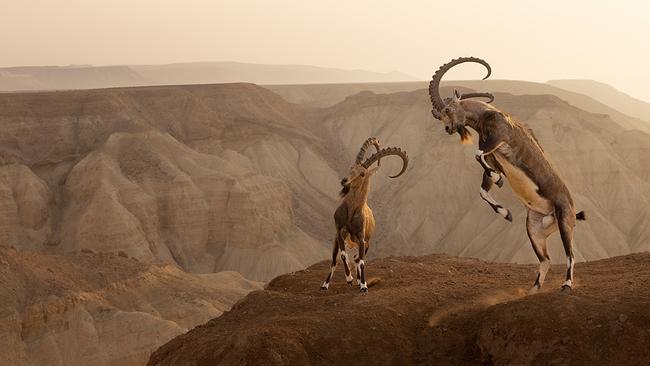
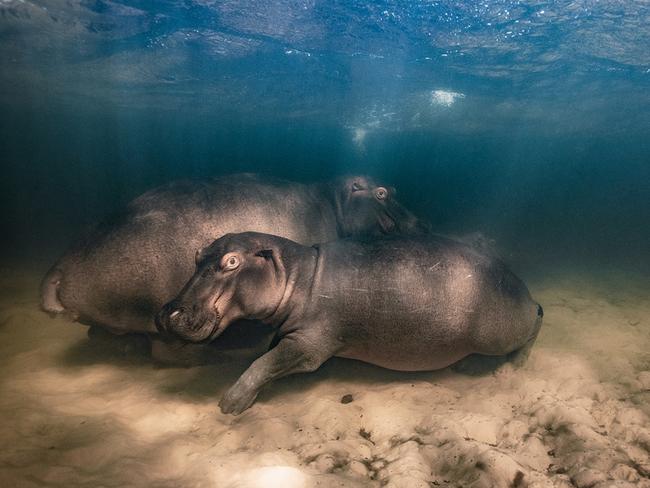
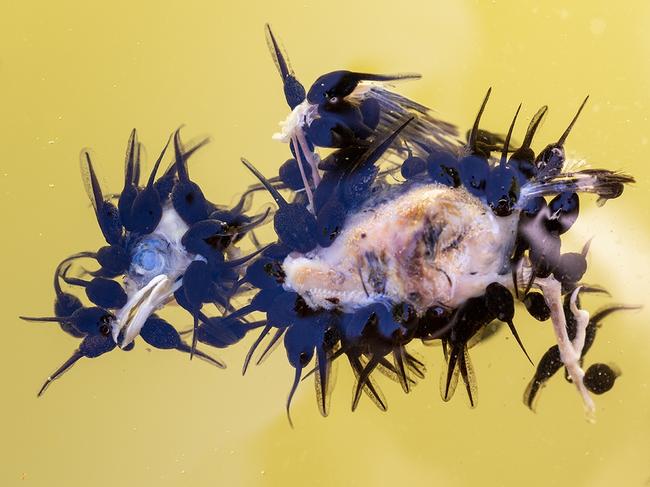
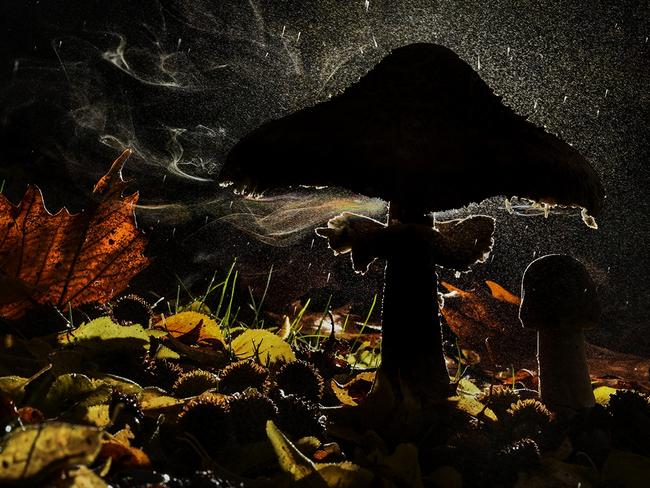
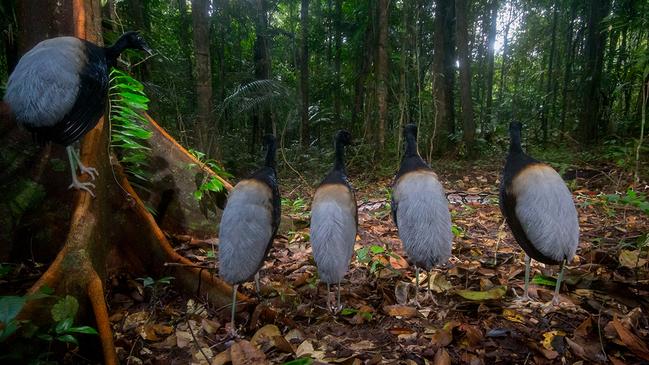
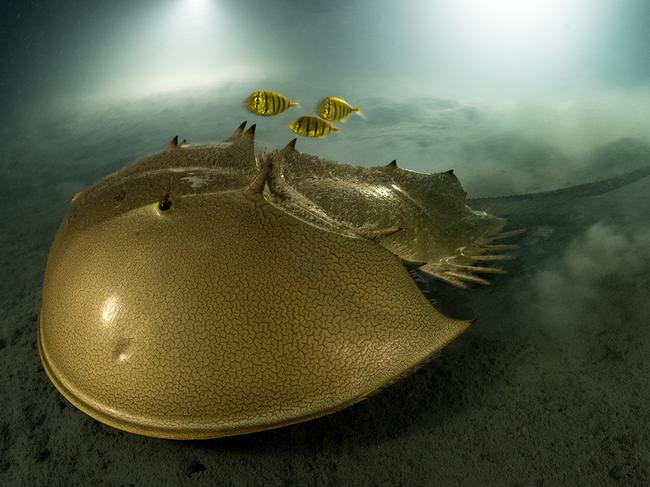
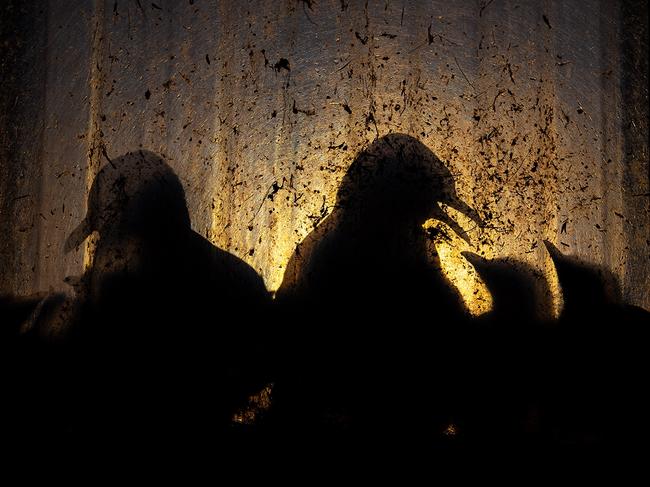
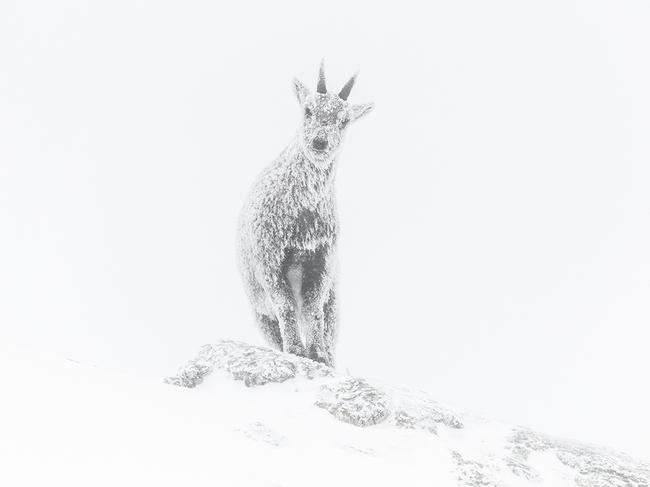
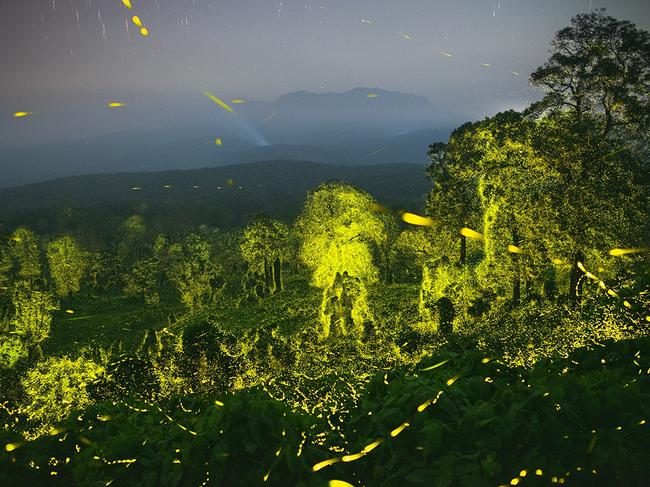
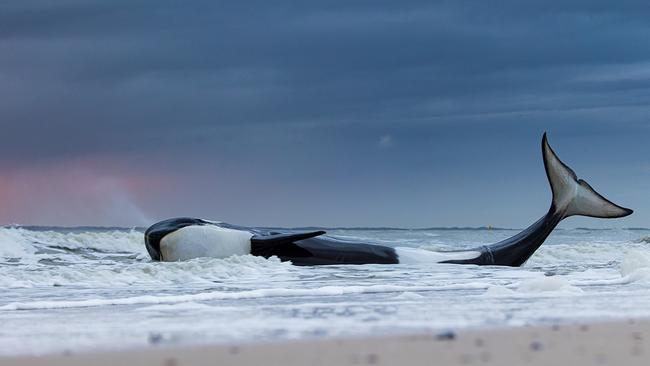
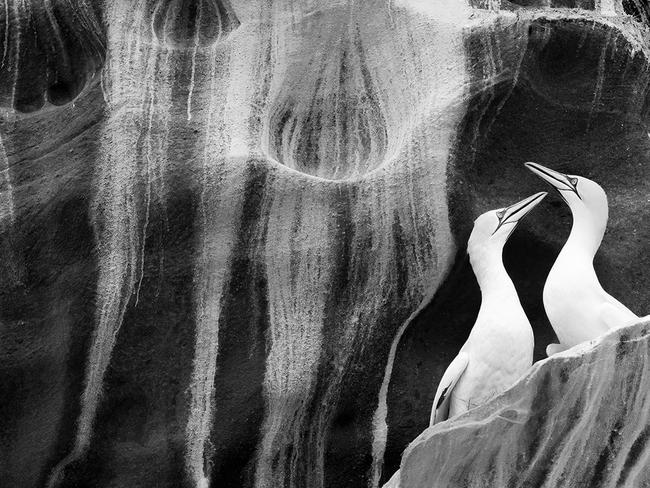
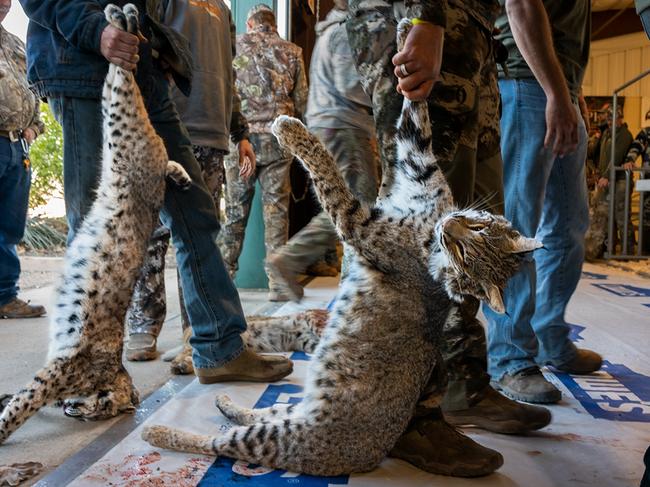
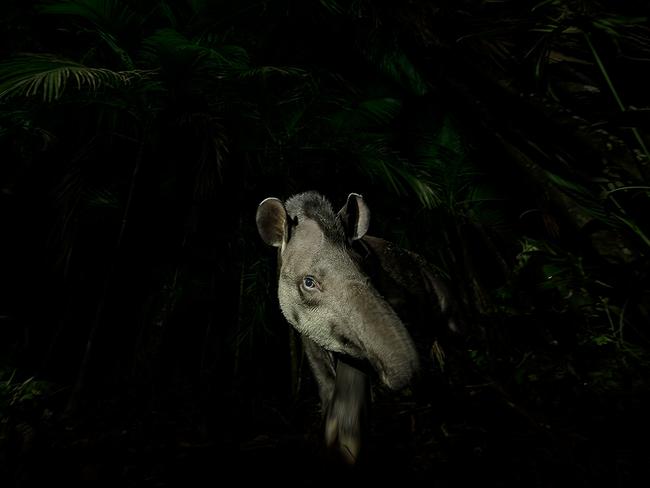
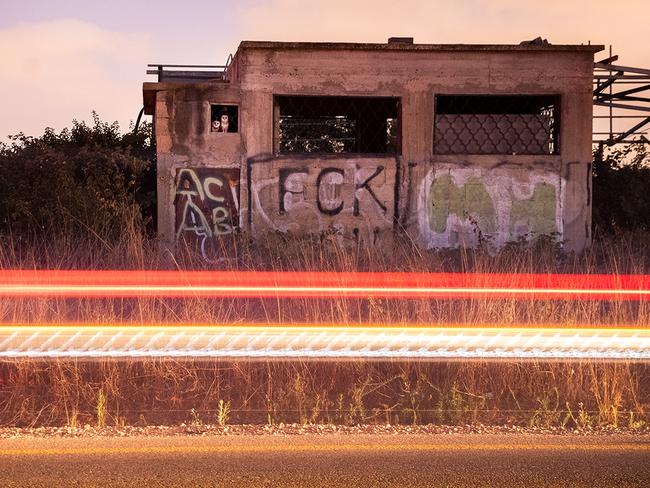
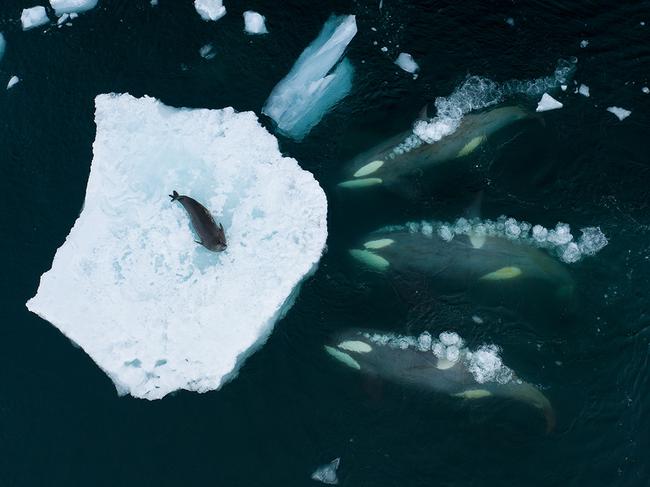
Wildlife Photographer of the Year is developed and produced by the Natural History Museum, London.

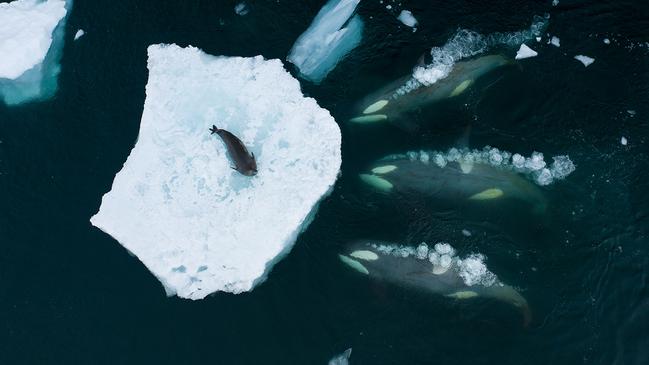
Add your comment to this story
To join the conversation, please log in. Don't have an account? Register
Join the conversation, you are commenting as Logout
AFL star allegedly punched, broke man’s jaw at Burleigh Heads
An AFL young gun has been charged after a former NRL star’s nephew was allegedly assaulted and left in hospital with a broken jaw. Read the latest
Protesters’ threat after rally at PM’s home
Pro-Palestinian protesters have issued a serious threat to the Prime Minister after storming the street outside his second home.